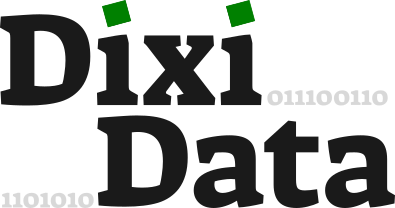Data Modelling and Analytics
Make informed decisions quickly
Unify and organise business data into a reportable format and start generating business insights
Data models formalise and unite the reporting experience across disparate and diverse data sets. When the data model is shared with employees via a reporting and analytics platform, they can build, test, and share reporting insights. Decision making, based on reporting insights, can be further enhanced using extended analytical capabilities such as Machine Learning and Artificial Intelligence.

“How do I have confidence in the data driven decisions and insights?”
Formalise data flows so the full data lifecycle from origin to analysis is clear to stakeholders and can be validated.
data lineage, data cleansing, auditability with change logs, alerting systems
“How can I improve the speed of delivery of data analytics?”
Have clear data role distinctions in the business; data engineers should be preparing ready-to-use datasets for the data analysts to report insight from.
define boundaries, understand skillsets, training investment, data dictionary, service level agreements


“How do I increase participation in the businesses data analytics?”
Aim for a centralised reporting and analytical services that target the audience correctly while providing access e.g., self-service functionality or automated daily reports.
work closely with stakeholders, consider different representation methods, report automation
“How can I handle varying and diverse data formats a model?”
Standardise data that comes in unstructured or irregular formats into a singular format as early in the process as possible so that it can be combined with other sources.
data models, engineer transformation processes, history of change, data mapping documents
“How do I handle high-volume real time data?”
Architect robust data pipelines to feed a prepared data model, improving timeliness of data availability and enabling faster decision making.
compliance reports, operational data stores, re-entrant and defensive design patterns, data flows, stress testing, pipeline machine learning and artificial intelligence
“How do I make data standardised across the business?”
Consolidate data sources into formal functions and common models that are understood but also owned by the business.
data dictionaries, terms and definitions, data council, semantic layers, reporting models, business value alignment

